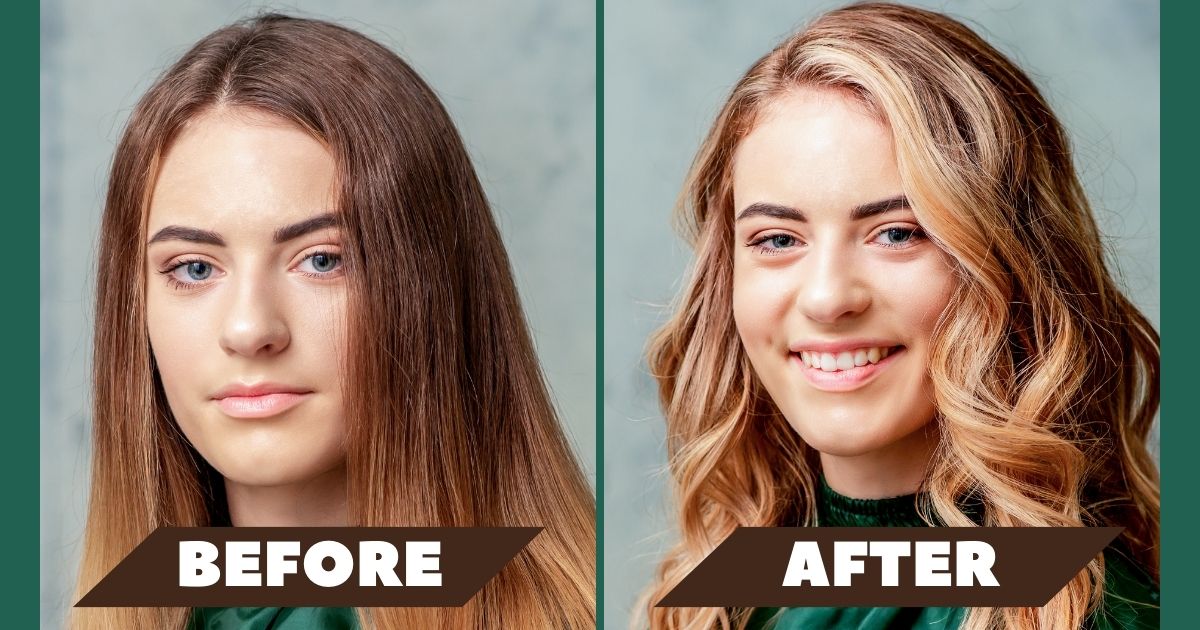Tretinoin is a powerful skincare ingredient that has been a game-changer for many people dealing with acne, fine lines, and hyperpigmentation. But what can you really expect from using tretinoin? Let’s take an in-depth look at tretinoin before and after results, how it works, and what you need to know before starting.
What is Tretinoin?
Tretinoin, also known as retinoic acid, is a derivative of vitamin A. It is commonly prescribed for acne treatment, anti-aging benefits, and improving skin texture. Unlike over-the-counter retinol, tretinoin is more potent and requires a prescription.
How Tretinoin Works on Your Skin
Tretinoin works by increasing cell turnover, which helps unclog pores, reduce acne, and stimulate collagen production. This leads to smoother skin, reduced wrinkles, and a more even skin tone over time. However, the results take time and patience.
What to Expect Before and After Tretinoin Use
When starting tretinoin, your skin may go through an adjustment phase. This period is commonly known as the “purge,” where acne may worsen before improving. Over time, consistent use leads to clearer and healthier skin.
The First Few Weeks: The Adjustment Phase
During the initial weeks, your skin may experience irritation, redness, peeling, and increased sensitivity. This happens because tretinoin speeds up cell turnover, pushing out impurities from deep within the skin.
One Month of Tretinoin Use
After a month, the initial irritation may begin to subside. Some users notice a reduction in breakouts, while others may still be experiencing mild purging. Moisturization and sun protection are crucial at this stage to minimize irritation.
Three Months of Tretinoin Use
By the three-month mark, noticeable improvements start appearing. Acne is significantly reduced, and skin texture becomes smoother. Fine lines and dark spots may begin to fade. The skin may still be slightly dry, but it is adapting to the treatment.
Six Months of Tretinoin Use
After six months, your skin undergoes a remarkable transformation. Acne scars lighten, wrinkles soften, and overall skin clarity improves. The benefits of tretinoin become more evident, making it a staple in long-term skincare routines.
One Year of Tretinoin Use
Using tretinoin for a year can lead to dramatic improvements in skin health. Fine lines are significantly reduced, dark spots fade, and the skin appears firmer. Consistent use of sunscreen is essential to protect the skin and maintain results.
Common Side Effects and How to Manage Them
Tretinoin can cause dryness, peeling, and irritation, especially in the early stages. To manage these effects, use a gentle cleanser, hydrating moisturizer, and sunscreen daily. Introducing tretinoin slowly into your routine can also help minimize irritation.
The Importance of Sunscreen While Using Tretinoin
Tretinoin increases skin sensitivity to the sun, making sunscreen a must. Without proper protection, the skin is prone to sunburn and damage. A broad-spectrum SPF of at least 30 should be applied daily, even on cloudy days.
Who Should Use Tretinoin?
Tretinoin is suitable for individuals with acne, hyperpigmentation, or aging concerns. However, those with extremely sensitive skin should consult a dermatologist before use. Pregnant or breastfeeding women should avoid tretinoin due to its strong effects.
How to Apply Tretinoin for Best Results
Applying tretinoin correctly maximizes its benefits. Use a pea-sized amount on dry skin after cleansing at night. Avoid the eye area, corners of the nose, and mouth to prevent excessive irritation. Follow up with a moisturizer to keep the skin hydrated.
Mistakes to Avoid When Using Tretinoin
Common mistakes include using too much product, skipping sunscreen, and expecting overnight results. Overuse can lead to severe irritation, while neglecting sunscreen can cause sun damage. Patience is key when using tretinoin.
Combining Tretinoin with Other Skincare Products
Tretinoin should be used cautiously with other active ingredients. Avoid using harsh exfoliants, benzoyl peroxide, and strong acids together with tretinoin, as they can cause excessive irritation. Instead, use gentle and hydrating products to support skin health.
When to Expect Full Results from Tretinoin
Full results from tretinoin typically take between six months to a year. The key is consistency and patience. While some benefits appear within a few weeks, the most significant changes happen over time with continued use.
Conclusion
Tretinoin is a powerful skincare treatment that delivers impressive before-and-after results with patience and consistency. While the initial adjustment phase can be challenging, the long-term benefits outweigh the temporary side effects. By following a proper skincare routine, using sunscreen, and moisturizing adequately, tretinoin users can achieve smooth, clear, and youthful skin.
FAQs
Can tretinoin make my skin worse before it gets better? Yes, tretinoin can cause purging in the initial weeks, making acne appear worse before improving. This is a normal reaction as the skin adjusts.
How long does it take for tretinoin to show noticeable results? Most people start seeing improvements within three to six months, with full results appearing after a year of consistent use.
Can I use tretinoin every day? It depends on your skin’s tolerance. Beginners should start with every other night and gradually increase frequency as the skin adapts.
What should I avoid while using tretinoin? Avoid harsh exfoliants, strong acids, and direct sun exposure without sunscreen to prevent irritation and damage.
Is tretinoin suitable for all skin types? Tretinoin works for most skin types but may be too strong for extremely sensitive skin. A dermatologist can help determine if it’s right for you.











